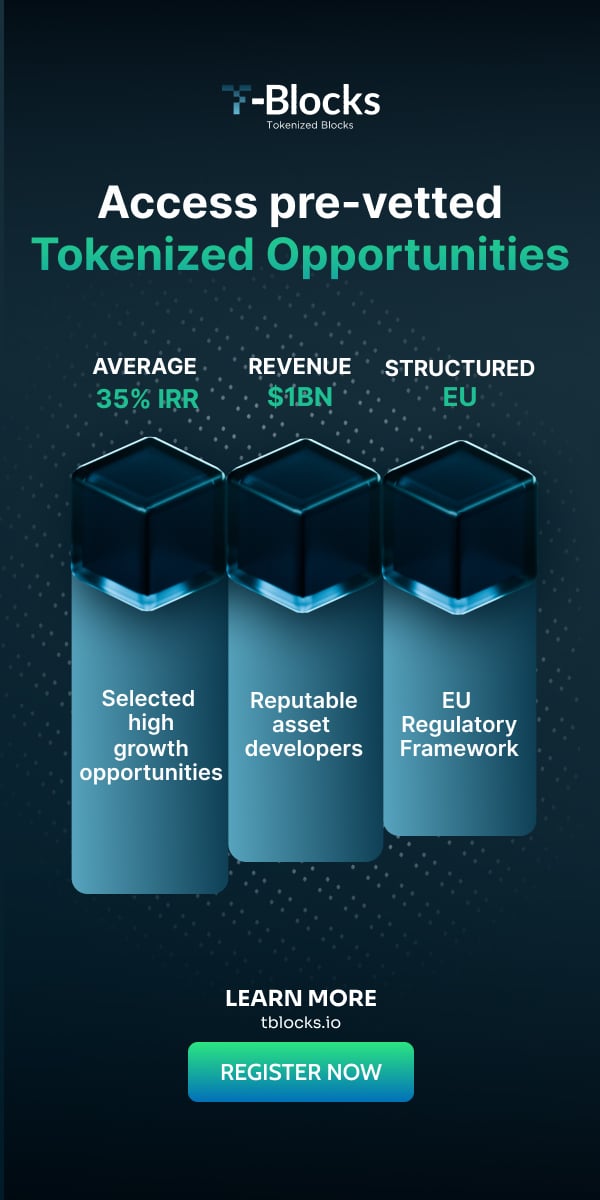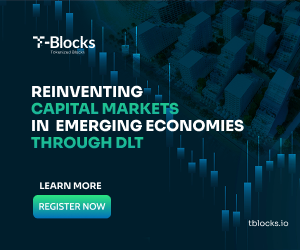– an interview with Vikas Shah, Managing Director, Investment Banking at Rosenblatt Securities
Rosenblatt Securities is an institutional brokerage firm involved in capital raising for exchanges, financial planning, and other capital market-related activities. Rosenblatt is one of the largest floor managers on NYSE. Mr. Shah is also a co-chair of Rosenblatt’s Fintech Summit, now in its 13th year. Mr. Shah spoke to The Tokenizer’s New York columnist Max Smetannikov.
The Tokenizer: Let’s start with me recapping your investment thesis, which appears to be a self-fulfilling prophecy as 2021 continues to unfold. As the mass market, as far as investors go, is looking past cryptocurrencies, or, more specifically, bitcoin, they are moving into five categories of tokenized assets, which you define as real estate, art, NFTs, sports, and loyalty. The mass adoption for these happens when institutional investors step in, as it happened with cryptocurrencies.
For institutional investors to step in, they have to have infrastructure support for five categories of trading cycles for these new tokenized assets. So right now, VC money is going into companies that enable this infrastructure for Wall Street firms. This activity is in high gear, with firms like that being funded or acquired, banking on the fact that Wall Street is getting ready to process these five categories of assets.

So the first question – is this actually an accurate description of the investment thesis?
Shah: You have hit the nail on the head: everything you’ve said is what our belief is. We have entered a new cycle in crypto. When I say “crypto”, what I mean is a specialized form of a digital asset, with digital assets being a broader category. We believe institutional adoption is absolutely necessary to create sustained demand and supply, which are necessary for any market to be vibrant.
Crypto started off mostly with retail investors and slowly moved over to the institutional side. It starts with early adopters, specialized funds that focus on crypto and hedge funds. Over time, as asset becomes more mainstream and hopefully less volatile, and although volatility continues to persist, it is more like what we saw in 2017 or 2020, which is different to what we saw early on.
So institutional adoption is the key and is happening at a pretty impressive rate. Right now, you have dozens of buckets of investors that form a very broad spectrum. You have very opportunistic and very specialized funds that focus exclusively on crypto, there are other hedge funds that opportunistically use crypto as a way to generate alpha, then there are family offices that come over RIA (registered investment advisor) channel, and slowly but surely there are the biggest institutional investors – the banks, the insurance companies, some of the asset managers, some of the endowments and pension funds.
The Tokenizer: Which of the new five classes of digitized assets – real estate, art, NFTs, sports, and loyalty – are forerunners in becoming the next bitcoin?
Shah: Well, these are not all of the asset classes for digitized assets, and all of them are going to become big over time, which is five to 10 years. All of the major asset classes will get tokenized. Different asset classes have different adoption rates and will go through cycles. So the cycle right now, in the asset classes we are seeing, is fastest on the real estate side, but as that matures, other asset classes will come online.
NFTs are already coming online but are still a very retail play. They are in an extremely early stage – like crypto wallets five years ago. As these new classes become more understood, their adoption will increase. Other classes are also maturing; it’s just we don’t hear about them as much. For example, companies like Bakkt are set up exclusively to deal with loyalty solutions on blockchain. But yes, right now, you see most action with digital assets in real estate.
The Tokenizer: As far as the trade cycle investment, you recently put out a note saying that post-trade businesses are getting the most VC investment, and specifically, you are mentioning prime brokers and liquidity services. Is this trend triggered by the maturity of bitcoin?
Shah: Yes, having access to these services is the core requirement for institutions to play. Without that infrastructure in place, large institutions will never be able to participate. So the way to drive institutional adoption is to create a core infrastructure for them to play.
Institutions will not play unless basic things are in place: custody, clearing, prime broking. Without that, institutions will never get comfortable.
The Tokenizer: Is this a build or buy? We see both with the Street? There was a large acquisition by Galaxy in the infrastructure sector recently, for instance? But we both know that JP Morgan has enough initiatives under the hood and enough people to insource these functions?
Shah: There are different priorities for different institutions. Some are more crypto and digital asset aware, and they understand where the financial world is going and they want to be positioned at the forefront of it, and others will be late adopters or laggers as you would call them. For example, folks like Fidelity – people who would be users and late adopters – chose to build their custody platform. Others, like JP Morgan, have tried to build their own which is their own digital coin they are using for their own trade activities – but it is a very closed system meant only for JP Morgan customers. But at least they are experimenting a lot more, compared to other banks. As far as Galaxy and such institutions go, they are very crypto-native, so they are building and buying a lot of these functionalities themselves. Think about it – they were basically asset managers for crypto-assets, but then they decided to acquire Bitgo customer platform.
The Tokenizer: Q4 is statistically 4x of Q1 on the M&A side. If you follow this logic, this year would account for as much as the last 10 years in this sector, based on what happened in 1H? ($9.5 billion in venture funding, according to Rosenblatt’s research note)
Shah: Yes, this is absolutely true. [The Tokenizer note: this means $370.5 billion blockchain/crypto investment minimum for 2021] The space is maturing from where it was.
The Tokenizer: Your research suggests most of this investment activity is aimed at firms outside of the U.S. However, U.S. Wall Street infrastructure investment is needed to enable institutional investment into new asset classes. When do you think the U.S. will come online for this in a major way?
Shah: Definitely, the U.S. – historically – has not been the leader in this space. The large part has been actively covered by Asia with firms like Binance and Okex, with the majority of innovation and activity coming from there. But as China cracks down on miners and other folks that create core infrastructure for this ecosystem, a lot of these folks are looking to migrate to a western jurisdiction, where they can establish legitimacy. There was no regulation before in this space, but now that there is regulation, it is ultimately the U.S. and U.K. that will attract the majority of these firms, in our opinion. So we think the U.S. will grow in a number of these spaces at a much faster pace than the rest of the world. People will want to be a U.S.-regulated digital asset entity. That establishes legitimacy and opens up access to the largest market in the world.
The Tokenizer: So as big as infrastructure investment is going to be this year, this is still a prelude, this is building up a digital asset Wall Street infrastructure while waiting for the wave of actual investment into these new classes to digital assets to build?
Shah: Yes. Building infrastructure is a prerequisite for institutions to participate. We are in that building phase right now. We see a number of companies, and we mention a few in our report and we heard quite a few speak at our panel. You need this infrastructure build for institutions to participate.

Welcome to Max Smetannikov
The author of this article is Max Smetannikov, and we are happy to announce that Max is The Tokenizer’s new columnist and reporter in New York, focusing in particular on Wall Street topics in relation to security tokens.
Max is both a journalist and a C-level executive with a proven track record of scaling companies, developing new business, increasing sales, increasing capitalization, and packaging businesses for both exit and entry into new markets and industries.
Having made his name as an analyst helping identify disruptive business models with the purpose of investment, Max has worked both on the side of the dealmakers and on the side of targets. Besides being a co-founder of Coinstreet Partners USA, a digital subsidiary of BMI, a Hong Kong investment bank, Max is the CEO of MVG LLC, an international strategic communications and advertising boutique agency. – MJR
Photo by Hunters Race on Unsplash













